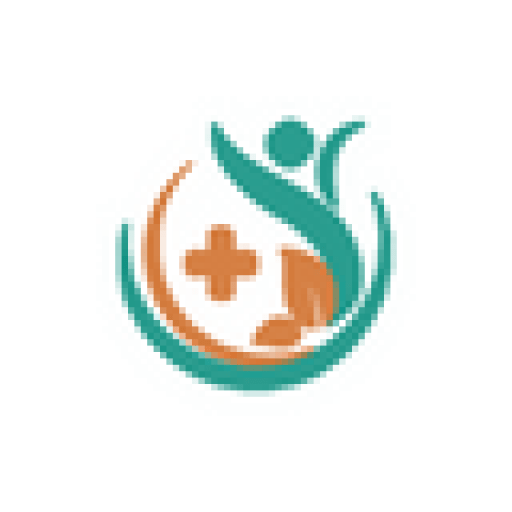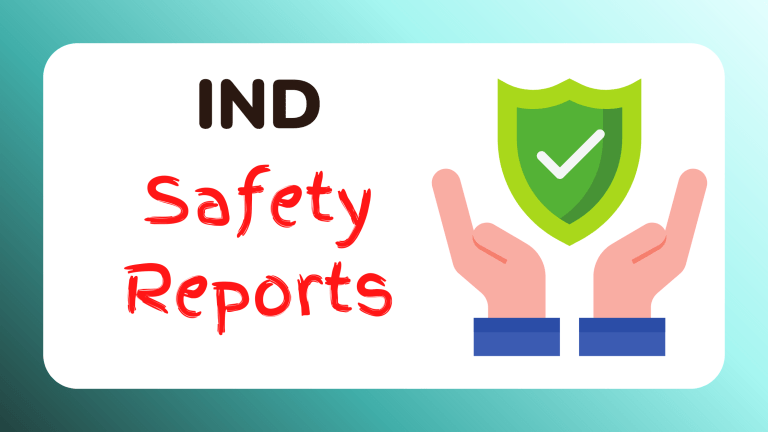The Importance of Pharmacovigilance in Ensuring Patient Safety
The Importance of Pharmacovigilance in Keeping Patients Safe
Introduction
Pharmacovigilance is a big word that’s really important in healthcare. It means watching over medicines to make sure they are safe and helpful. As medicines get more complicated, making sure they’re safe becomes even more important. With new medicines coming out all the time, pharmacovigilance helps keep everyone healthy by spotting and fixing any problems with the drugs we use.
What is Pharmacovigilance?
What It Means and Its Goals
Pharmacovigilance is a science that focuses on spotting, checking, and understanding bad effects or any issues related to drugs. Its main goal is to make sure people are treated well and use medicines safely and effectively.
The main goals of pharmacovigilance are:
1. Watching the safety of medicines after they are sold.
2. Finding new side effects from drugs.
3. Making sure the public and doctors know about any drug safety issues.
Important Parts
Pharmacovigilance has several important parts, including:
1. **Signal Detection**: Looking for patterns that might mean there are safety issues.
2. **Risk Assessment**: Figuring out how serious and likely problems are.
3. **Risk Management**: Creating plans to prevent or lessen harm.
Global Systems in Place
Many groups help with pharmacovigilance around the world:
1. The World Health Organization (WHO) collects and studies data from all over the globe.
2. EudraVigilance, by the European Medicines Agency, watches over drug safety in the European Union.
3. The FDA in the United States has a system called FAERS that gathers information on drug issues.
Why Pharmacovigilance is Important
Keeping Drugs Safe
Pharmacovigilance is key to making sure drugs on the market are safe and effective. Watching over drugs after they’re available helps find and evaluate risks that might not have been noticed during testing.
Protecting People
The main aim of pharmacovigilance is to keep people safe. It works by stopping bad drug reactions and teaching doctors and the public about possible risks and how to use drugs safely.
Helping Make Rules
The data from pharmacovigilance helps with important decisions about drugs. This information guides things like approving drugs, pulling them from the market, or updating the labels to ensure decisions are based on complete safety info.
Challenges in Pharmacovigilance
Handling Lots of Data
Dealing with huge amounts of data is a big challenge. Making sure this data is correct, reliable, and works with different systems is key to keeping a good watch on drug safety.
Keeping Up with Technology
As technology changes, it’s important for pharmacovigilance to grow too. Using new tech and methods for finding signals and analyzing them is necessary to improve pharmacovigilance work.
Working Globally
Working with different health rules and resources worldwide can be tough. It’s crucial to communicate and work together with international partners to keep drugs safe globally.
Looking to the Future
Using AI and Robots
Adding AI to pharmacovigilance will change how we study and find data. AI can speed up boring tasks and offer better ways to understand data.
Putting Patients First
Getting patients involved in pharmacovigilance can give more info on safety. With technology, patients can report side effects easily and give feedback to get a better idea of how drugs work in real life.
Using Electronic Health Records (EHRs)
Using electronic health records for pharmacovigilance allows for more data and watching in real-time. By using EHRs, doctors can be better at spotting and handling safety worries quickly.
Conclusion
Pharmacovigilance is super important for keeping patients safe and protecting public health. Investing more and getting creative with pharmacovigilance is key to handling the challenges of a growing medicine world. Healthcare workers should get involved in pharmacovigilance to help keep our health system safe for everyone.
Call to Action
Healthcare workers: Report any bad drug reactions right away to collect data and improve safety.
Patients: Be part of pharmacovigilance. Share what happens with your medicine and report any side effects.
Policy Makers: Make pharmacovigilance a priority in healthcare to make sure drug safety keeps getting better.
Let’s all work together to ensure every medicine does what it’s supposed to do and helps more than it harms!
For More Information
Books and Articles
1. “Pharmacovigilance: Principles and Practice” by S. Barbara Gomes and Elizabeth Hughes.
2. Article: “The Evolution and Future of Pharmacovigilance” by Dr. A. Peterson, Journal of Drug Safety.
Websites and Organizations
1. World Health Organization – Pharmacovigilance
2. European Medicines Agency – EudraVigilance
3. U.S. Food and Drug Administration – FDA Adverse Event Reporting System (FAERS)






